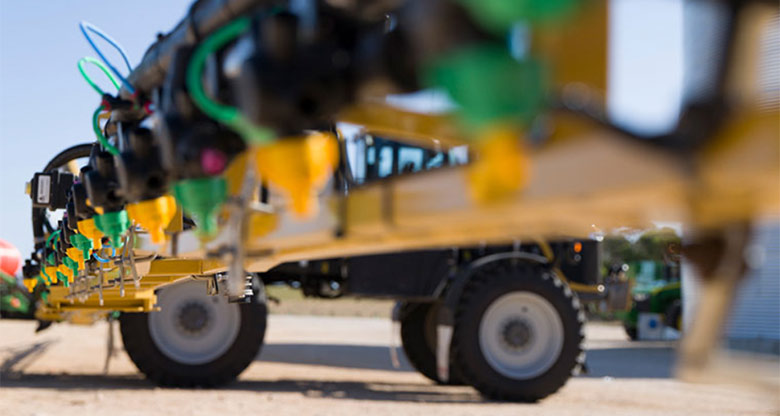Australian businesses are overwhelmingly preferring to finance equipment purchases using their cash reserves. But is an overreliance on cash causing smaller businesses to stretch their equipment beyond its effective life – and costing them efficiency and future growth?
Fast facts
- Around two-thirds of businesses are planning to acquire more equipment this financial year
- 87% of firms who are looking to purchase equipment in FY20, say they will fund at least some of their purchases with cash
- Maintenance costs increase by as much as 100% once equipment is more than five years old
- Lack of cash is cited as the number one reason holding a third of companies back from investing in new equipment
Despite local and global economic challenges, most Australian businesses are recognising the importance of investing in assets to maintain business growth. According to the latest CommBank research, around two-thirds are planning to acquire additional equipment this financial year.
While it’s encouraging to see this level of business confidence, it raises some questions around how businesses intend to finance their purchases. Surprisingly, even with so many financing options around, many businesses still rely on cash to buy assets.
While buying equipment with cash reserves can make sense when interest rates are high, today’s low-rate environment means that business have more cost-effective financing options available – this opportunity is something that business really need to consider carefully.
Tapping into cash reserves
CommBank’s latest Equip survey of almost 1,000 Australian businesses reveals that cash remains dominant as the preferred finance source. Eighty seven per cent of firms who are looking to purchase equipment in FY20 say that they will fund at least some of their purchases with cash.
As a proportion of overall spend, using the businesses cash makes up 60% – with asset finance and business loans usage at 12% and 13% respectively.
This prompts the question whether these businesses can make better use of the cash they have available. While purchasing equipment with cash can be the simplest way, it ties up a valuable resource that companies could otherwise use as a buffer for financial setbacks, or to invest back in the business in other ways.
The benefits of having cash at hand can provide a business with greater flexibility to adapt and take advantage of new opportunities as they arise, and to withstand fluctuations in uncertain times. So instead of having money locked into a depreciating asset, businesses have it available as a safety net when they need it.
Stretching the life of assets
This reliance on cash may come with another downside: nearly one quarter of these businesses are using their equipment beyond its effective life.
Stretching the life of assets has a direct impact on maintenance costs, which increase by as much 100% once a piece of equipment is more than five years old – from a median cost of $1,540 to $3,080 per month. For medium-sized businesses ($10m to $99.9m in turnover), this equates to a 67% increase in the cost of maintaining their equipment. Such increased costs can have a direct and ongoing impact on a company’s bottom line.
As well as being more cost-effective, reliable, up-to-date assets can help businesses run efficiently and safely. But with a lack of spare cash cited as the number-one reason holding a third of companies back from investing in new equipment, what other options exist for Australian businesses?
Exploring other options
Lending solutions that are specifically designed to finance equipment and vehicles can be an ideal solution for businesses who want to invest in up-to-date assets. Surprisingly, though, less than four in 10 businesses use specific finance equipment at all. So by waiting to have cash on hand, they may be missing an opportunity to regularly update or put additional equipment to work in their business.
Equipment finance enables business owners to pay for new vehicles and machinery in regular instalments – typically at a fixed interest rate. This makes it easier to plan out their business cash flow, without their budget being impacted by a lump sum purchase of a big-ticket item.
Crucially, these financing arrangements can be more flexible than traditional bank loans as they can be structured around either fixed or floating rate arrangements as well as the specific working life of assets and business cash flow cycles. Depending on the type of finance, there may also be tax benefits if payments are considered to be business expenses.
Talk to us
To find out more about CommBank’s Equipment Finance solutions, call 1800 ASSETS to access your local Australian based Asset Finance Specialists.



